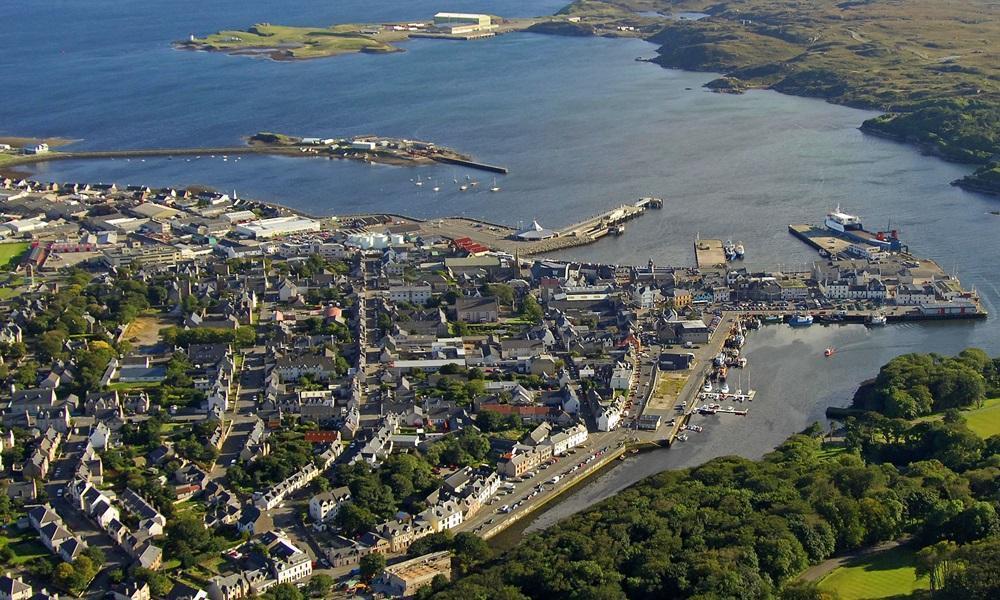Outer Hebrides wind farm-produced energy could be used to power ferries to the islands, a new study found. Wind energy could be used to make hydrogen replacing the heavy marine oil on Caledonian MacBrayne ferry routes. This could open a new homegrown market for island renewables, that have struggled to keep good connections to the grid.
The findings were broadly welcomed with claims the environmental and economic benefits of such a scheme "cannot be overstated". The study is the first of its kind to look at how wind farms could be constructed specifically to power shipping on ferry services.
Likely locations of new wind farms and how to transport and store hydrogen for the new generation of ferries were among the issues looked at in the report, that was partly funded by the Government of Scotland.
9 routes currently operated by Caledonian MacBrayne were studied and it found that a single 4.3 MW wind turbine would be able to supply the required energy for Barra to Eriskay Route. Meanwhile, fifteen turbines would be required on Isle of Lewis to power crossings between Stornoway and Ullapool.

Image: Port of Stornoway (Isle of Lewis and Harris, Scotland)
The emissions savings from the replacement of Stornoway to Ullapool and Barra to Eriskay routes with hydrogen ships is estimated to be around 21,815 and 676 tonnes of carbon dioxide equivalent per annum respectively (the same as taking 4,742 and 147 cars off the road per year).
The report was published by Lewis-based Point and Sandwick Trust, that is in charge of the largest community-owned wind farm in the UK, in collaboration with industry partners including Wood, Johnston Carmichael, Ferguson Marine, and Siemens-Gamesa.